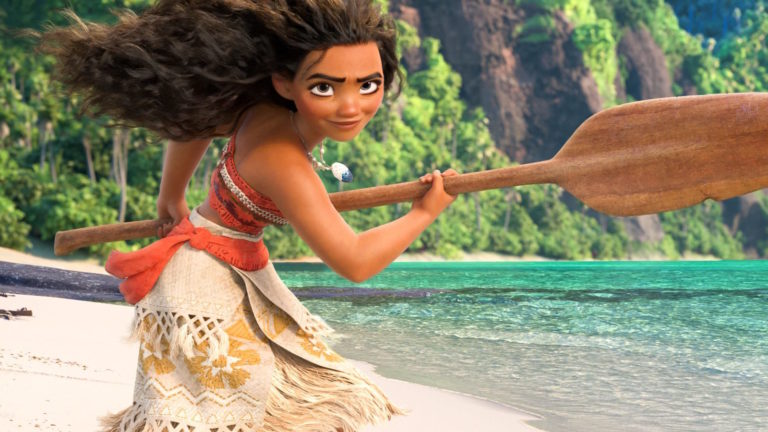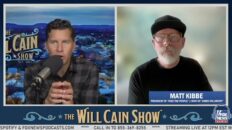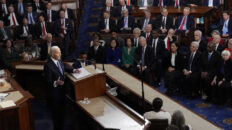Delirium is what I felt watching Moana, the 56th animated epic by Disney about a Polynesian tribe’s struggle to survive and the young girl (not a princess, she keeps saying) who leads them out of crisis. It is so stunningly beautiful, compelling, and moving. Animation has never looked this great, and the story is gripping from beginning to end.
Moana gives us the right kind of multiculturalism. It also offers that special thing I look for in movies: a narrative that sets me off thinking about issues of political economy. More on that in a bit.
I’m delighted to find that moviegoers agree: Moana has been met with high acclaim and is set to become as profitable as any movie of its class. But its popularity surprises me somewhat: it deals with a time, world, tradition, and people completely unfamiliar to most American audiences, and is released in a time that is alleged to be all about nationalist reaction to multiculturalism.
The attention to cultural authenticity in Moana is scrupulous to the point of being uncompromising, affecting even the voices of characters and the drawing of their faces and bodies. I only recognized some of the symbols and mythology because of my visit to New Zealand and encounter with Māori symbolism. Otherwise, I would have been completely lost.
But here is a tribute to certain universal features of humanity. We need shelter. We seek security. We need sustenance. We weave stories to account for random features of the world that defy explanation. We have mothers and fathers who seek to teach their children but the children have wills of their own and go their own way.
In other words, Moana gives us the right kind of multiculturalism: the opportunity to develop the capacity to empathize with people completely unlike ourselves but who face problems and difficulties no different than our own.
Is this Communism? No
When nature provides enough resources available to feed everyone, there is no functional need to develop private property as a technology. Now, let’s talk about the economics of Moana. This tribe lives on a small island (probably now American Samoa) that seems to provide for all their needs. There are enough coconuts, fish, fruits, and resources for shelter for everyone. They work as a community to harvest and provide for themselves. We are told that they hold everything in common.
Are we watching the unfolding of some Rousseauian myth of the state of nature? I don’t think so. They do have private dwellings, private in the sense that “this is his” and “that is hers.” But the main resources on the island are not given property titles. Competent cultural anthropologists have documented many such cases in small tribes. When nature provides enough resources available to feed everyone, there is no functional need to develop private property as a technology in the sense we think of it today. In other words, this is not communism but merely a social acknowledgement of the island’s abundance.
The Downside of the Commons
In the film, the people who are charged with harvesting coconuts discover a blight has ruined them. The same day, fishermen return with empty nets. They try to fish other parts of the island with no results. The food in general seems to be running out. People start to panic, and demand answers from the tribal chief.
My immediate thought ran to the theory of the “tragedy of the commons.” This tribe was very successful but nature cannot provide for human needs without limit. At some point, overgrazing, overfishing, overharvesting, and overconsumption lead to shortages. Without capital investment, a complexification of division of labor, the emergence of the money economy, and (above all) the security of private ownership, humanity cannot survive with a growing population and shrinking resources.
The islanders believe that they are experiencing what others on other islands have experienced, a sudden loss of prosperity. How to explain it? There is no Adam Smith around to provide a scientific answer.
Every myth has a reason for its existence. Here is where the myth-weaving begins. It is widely believed that all islands were created by the goddess Te Fiti, who created life and land from her powerful heart. One day, the demigod Maui stole the heart, thinking that he would give it away to humanity. But immediately, the island turned to darkness and a blight began to spread. He then loses the heart to the ocean.
One thousand years later, this blight has finally arrived to the island where Moana Waialiki lives. She is chosen by the ocean to find Maui and help him return the heart to its rightful owner.
It’s a beautiful story, and it is roughly accurate as regards the ancient myths of these native peoples (though some critics have denounced the caricature of the demigod Maui).
Every myth has a reason for its existence. This stuff isn’t just manufactured for entertainment. It is designed to account for realities that defy other explanation.
My immediate thought when I was watching was exactly this. The beautiful myth that forms the plot of “Moana” was a substitute for modern economic thinking. The tribe experienced a tragedy of the commons. They needed capitalism. But the transition from common ownership to private ownership would also mean a dramatic cultural change, and there was no time for that: they needed food now.
Island-Hopping
Moana is warned to never go beyond the reef but she discovers a hidden cave full of boats, indicating that her people are not mere island dwellers. They were once journeyers who went on adventures, moving from island to island. This also fits with the anthropological record. The natives peoples of this region did move from place to place, and my naïve mind always wondered why. This film provides the answer: they moved to find resources when faced with shortages.
The suffering of all islands began with the infringement on Te Fiti’s self ownership of her own heart. After all, it is not some vague longing for adventure that causes whole tribes to brave the seas on small boats. It is the economic fear of starvation, and that, in turn, comes about from an institutional failure to develop social norms delineating ownership rights.
Note this critical fact: the suffering of all islands began with the infringement on Te Fiti’s self ownership of her own heart. From that one crime flowed all the rest. The sin had to be propitiated. In the Disney version of the myth – expected spoiler! – the goddess eventually does get back her heart and then uses her powers to spread abundance throughout all the islands of the earth.
Te Fiti’s heart was a fitting metaphor for what was discovered in Europe in the late middle ages and following: the best and most peaceful way to provide for everyone’s needs is through institutional change – not journeys and struggles and panics but through the emergence of the market economy that generates new wealth to feed a growing population.
The market economy begins with private property, and clearly Te Fiti is a fan, as we see when she so benevolently restores the great magical hook of the demigod Maui. He alone holds it in his hands, much to his delight and ours.














Add comment